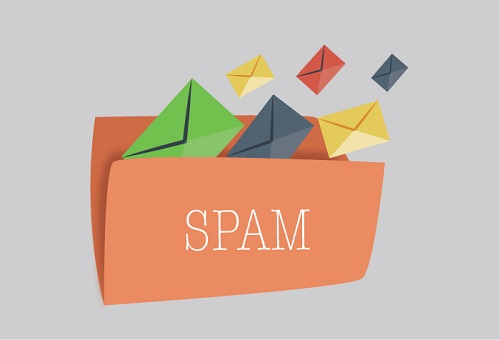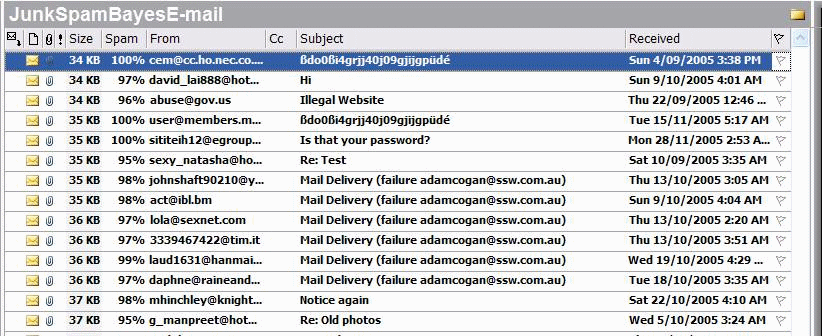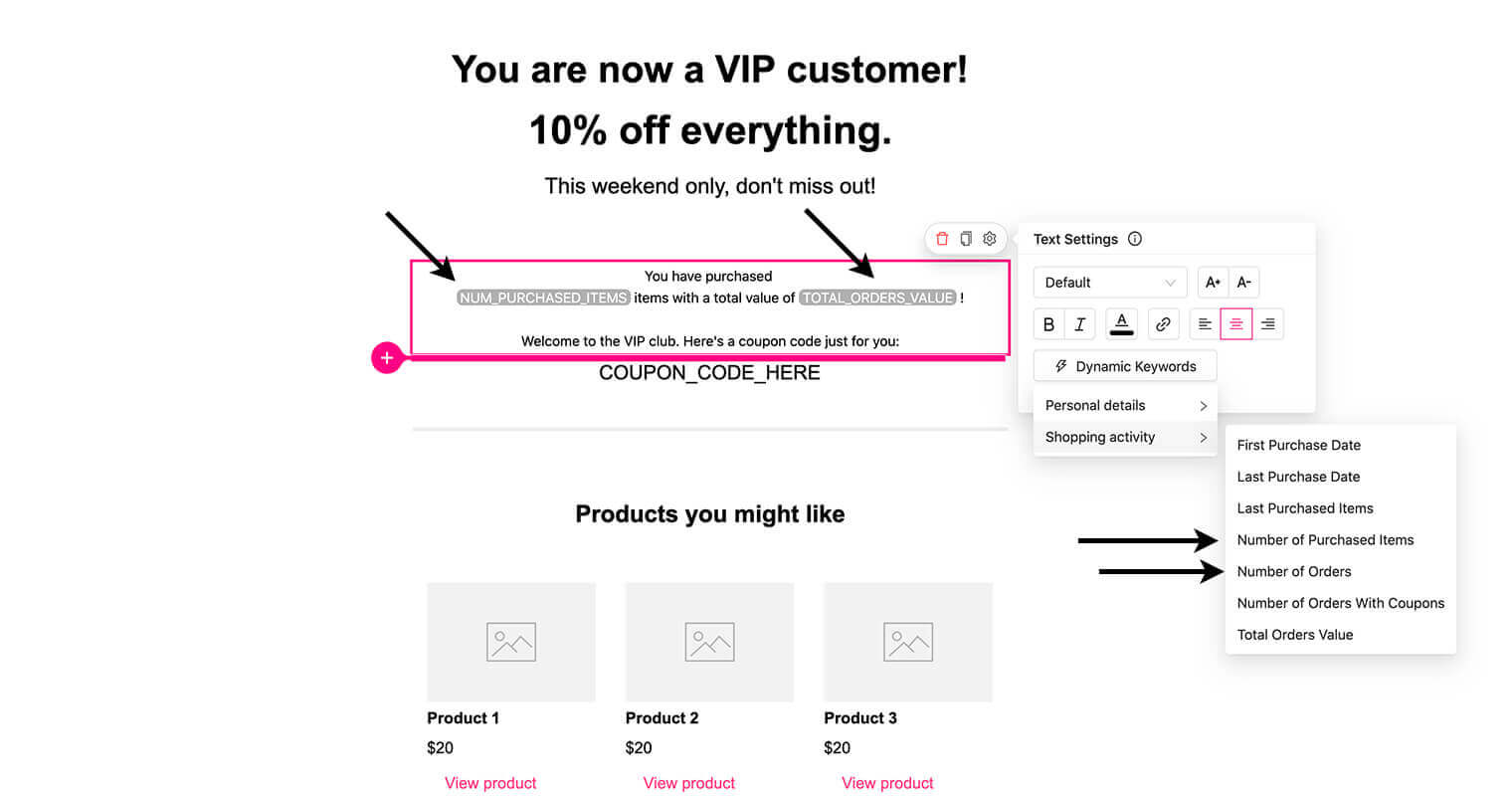

03) Copy SpamSieve into your Applications folder.Don’t everĬlick “click here” - you’re only encouraging them.īut my experiment (confirmed by my Twitter followers) is that clicking legit-looking Unsubscribe buttons does reduce the spam flow, if only from actual companies.Īnd perhaps best of all, it gives you a fleeting, illusory feeling that you actually have a way to fight back. It’s true that you should never, ever respond to a piece of spam by rewarding it with a purchase. In any case, I think it’s time to revise the old “Never respond” rule. A lot of weird ones where the entire message is a single Web link. Invitations to have my product manufactured at a company in China. Variations on the old Nigerian scam: “I’ve just come into possession of $50 million, and I need your help getting it out of the country…” and I was mugged, old pal! Can you help me out?” scams. The usual phishing scams - fake e-mails from banks (that I don’t even have accounts with), asking me to log in to correct some kind of error. A million, zillion e-mails from a firm called Rodman & Renshaw (not sure if it’s really them, or someone impersonating them). All kinds of messages in Russian and Asian languages. I’m still inundated by the less responsible spam:

Now, the bad news: That spam isn’t very much of the total volume. The corporate spam, in other words, is usually easy to stop.

The ones pitching you Viagra or bigger body parts won’t unsubscribe you - and don’t pretend that they will.) (Note that I’m talking about spam with an Unsubscribe button at the bottom. When you have 30 of those a day,Īnyway: after a couple of months of this, I’m happy to report that, as far as I can see, not a single one of these companies has contacted me again. Those “dumb” unsubscribe buttons mean that I have to go back to my e-mail program and look up which address they spammed, then go back to the Web page and paste it in. Unsubscribe page when you have to type in your email address! You spammed me, you idiot - you already know my e-mail address! What really irks me is the other ones: spam with an Unsubscribe button at the bottom - and when you click it, you go to an I like SafeUnsubscribe because it (usually) knows, and fills in, your e-mail address. “We’re going to spam you, but gosh, we feel bad about it - at least we’ll make it easy for you to get off These 370,000 companies, clearly, are the ones with a guilty conscience. We’ve taken you off ALL mailing lists.” One You land on a Web page that basically says, “O.K., that’s it. I don’t know much about it, except that it’sĪ service offered by a company called Constant Contact, and it claims to have 370,000 customers - companies who pay to use SafeUnsubscribe.īottom line: When you see SafeUnsubscribe at the bottom of the message, click it. The best Unsubscribe button by far is the one provided by something called SafeUnsubscribe. Now, I don’t consider spamming O.K., ever, and I think these companies should be ashamed of themselves.īut “legitimate” means that they’re real companies with real Web sites and names and addresses - and, almost always, real Unsubscribe buttons at the bottom of the spam. An awful lot of the spam comes from “legitimate” companies. And I’d report on my findings.įirst, the good news: it worked. I’d deliberately try to unsubscribe from every spam list. So a couple of months ago, I decided to try an experiment: I’d violate the old rule. And even with SpamSieve’s assistance, it’s gotten out of control - the amount of time I have to spendĭouble-checking the spam folder is growing year after year. Which is why you, too, should have a separate e-mail address that you use only for private correspondence and never use when, for example, ordering products or signing up forīut since my addresses are public, I get added to every mailing and spamming list under the sun. (That’s how spammers get your e-mail address, by the way - they scour the Web for e-mail addresses I do have one private address that I never, ever use on the Web. Now, my e-mail addresses are fairly public. Every now and then, a piece of legitimate mail winds up in there.
Spamsieve location of spam folder in mac mac#
It works with all Mac e-mail programs, and does an astonishing job of putting all spam from all my accounts into the Spam folder. After reading countless glowing reviews, I gave it a try, and found

Onto it, I’ve installed an amazing antispam program called SpamSieve. I use Mac and Windows, but my main carry-around machine is a Mac laptop. Well, I think it’s time to revisit that advice. Columnist, David Pogue, keeps you on top of the industry in his free, weekly e-mail newsletter.


 0 kommentar(er)
0 kommentar(er)
